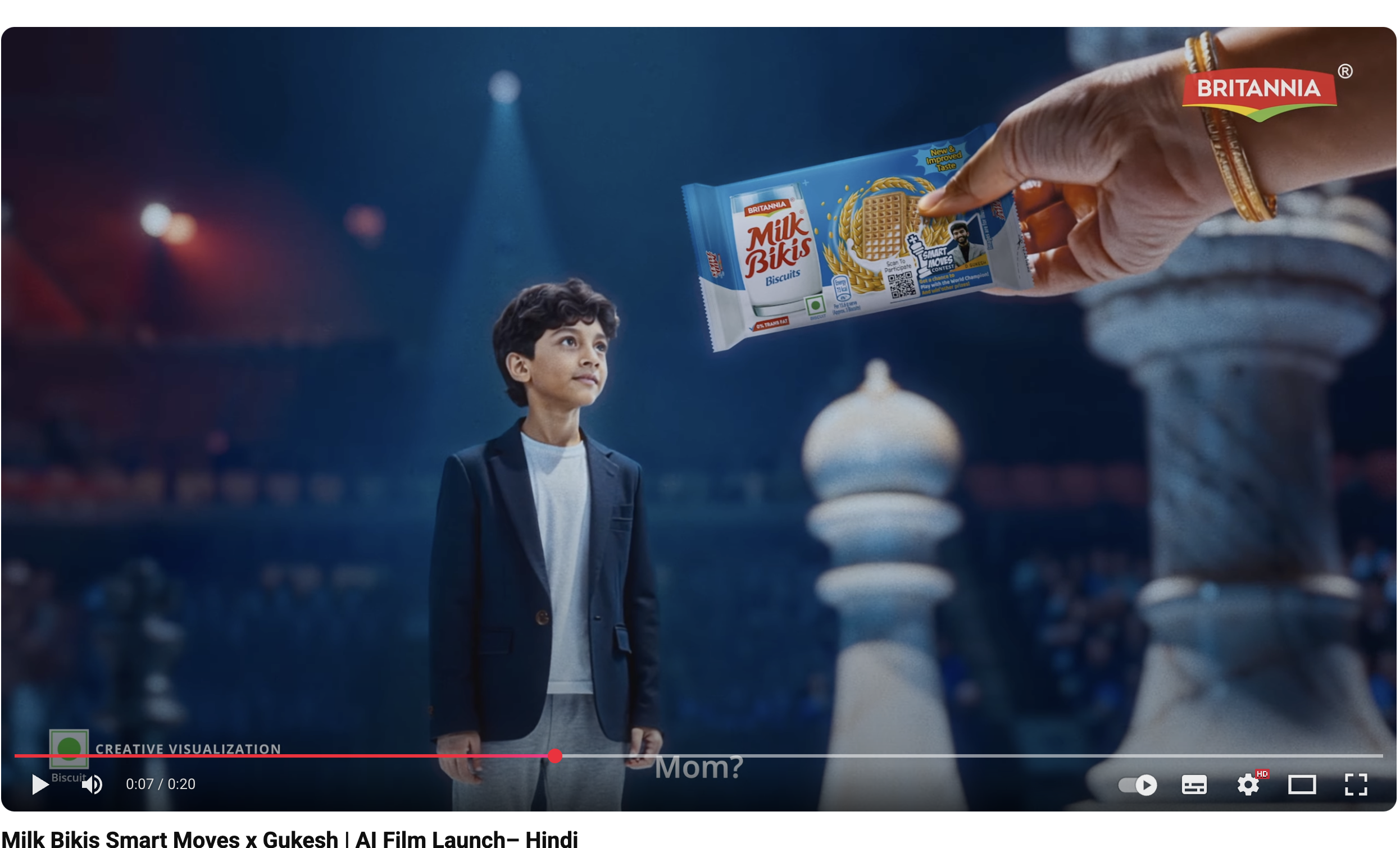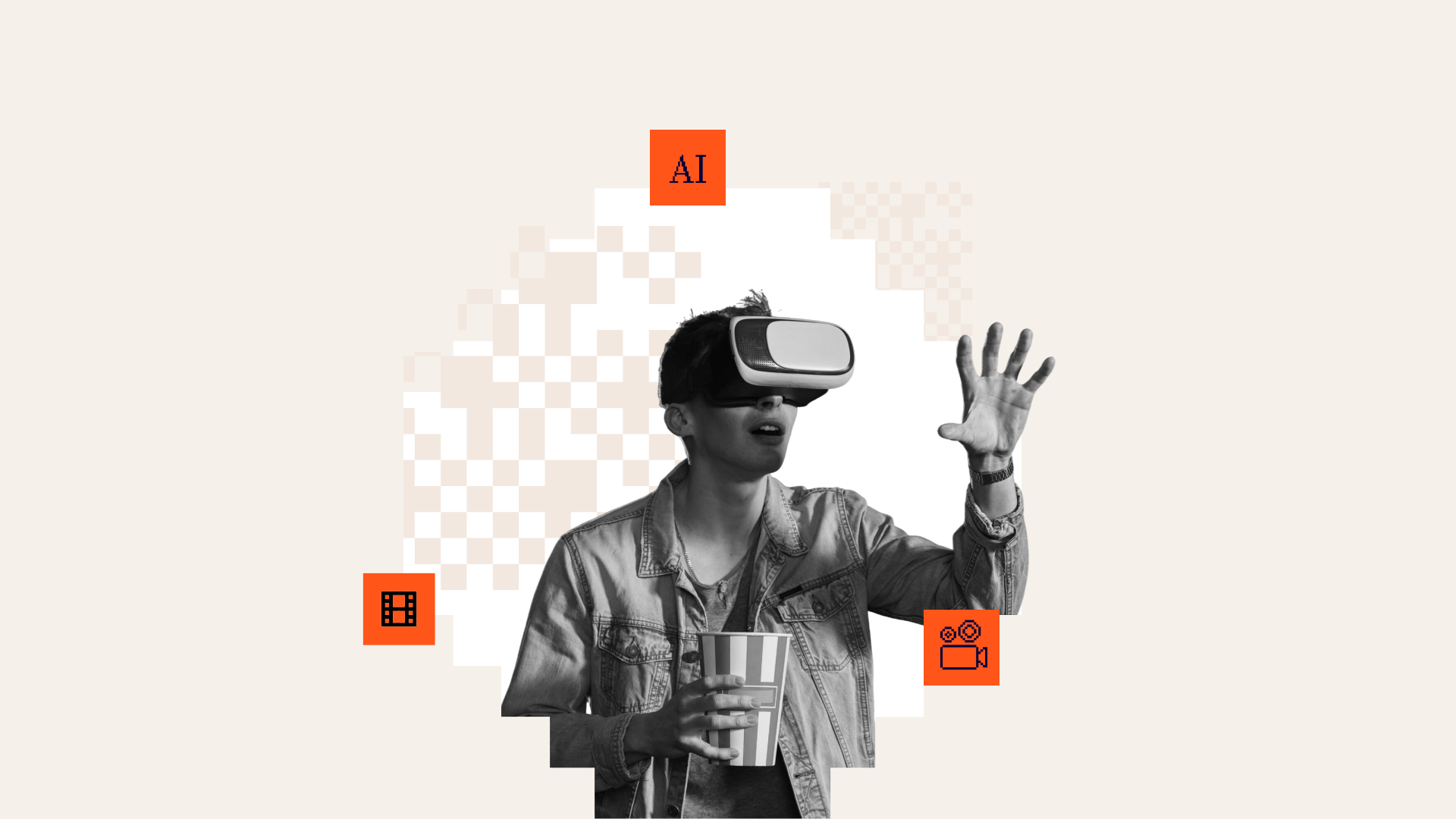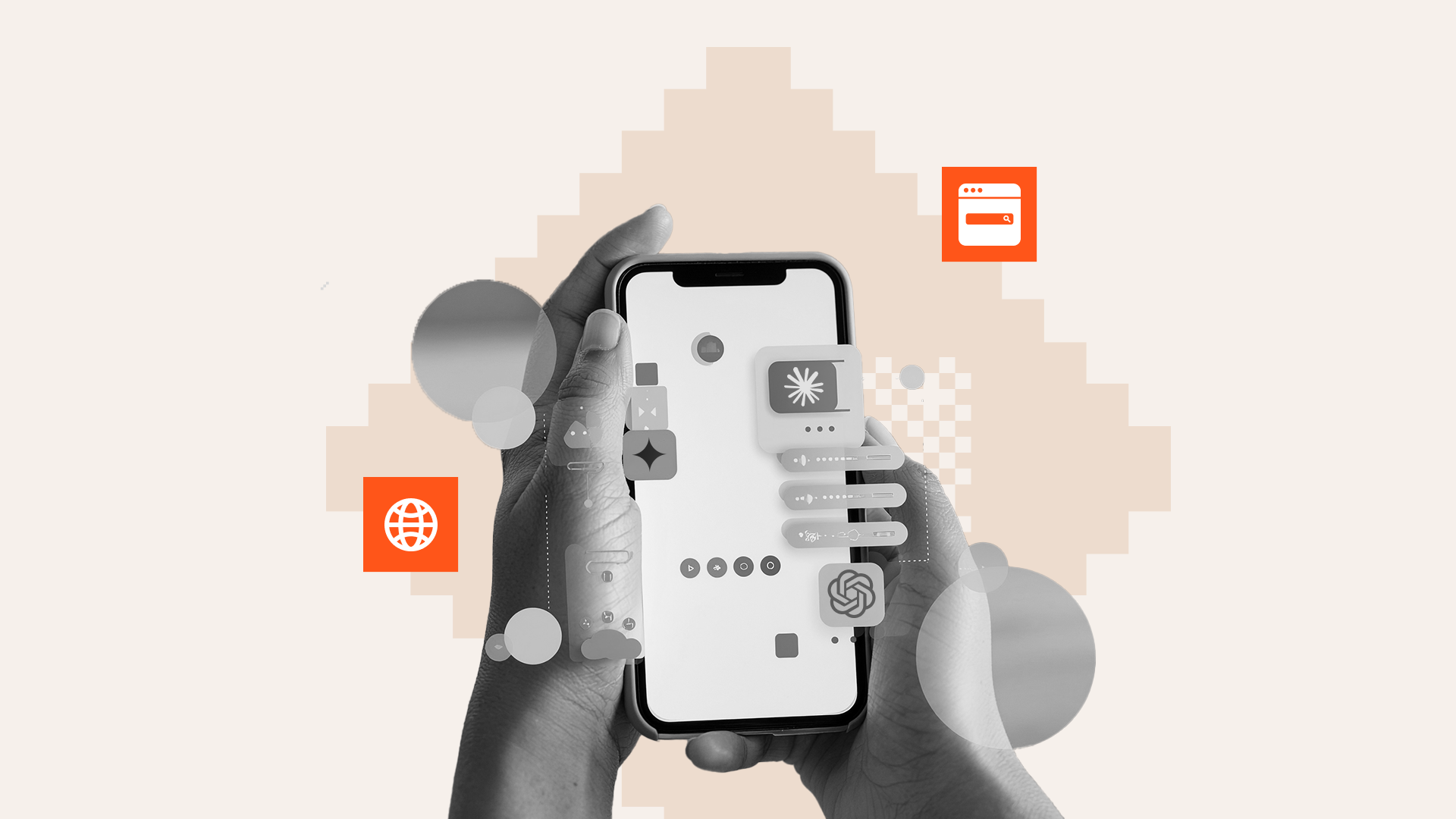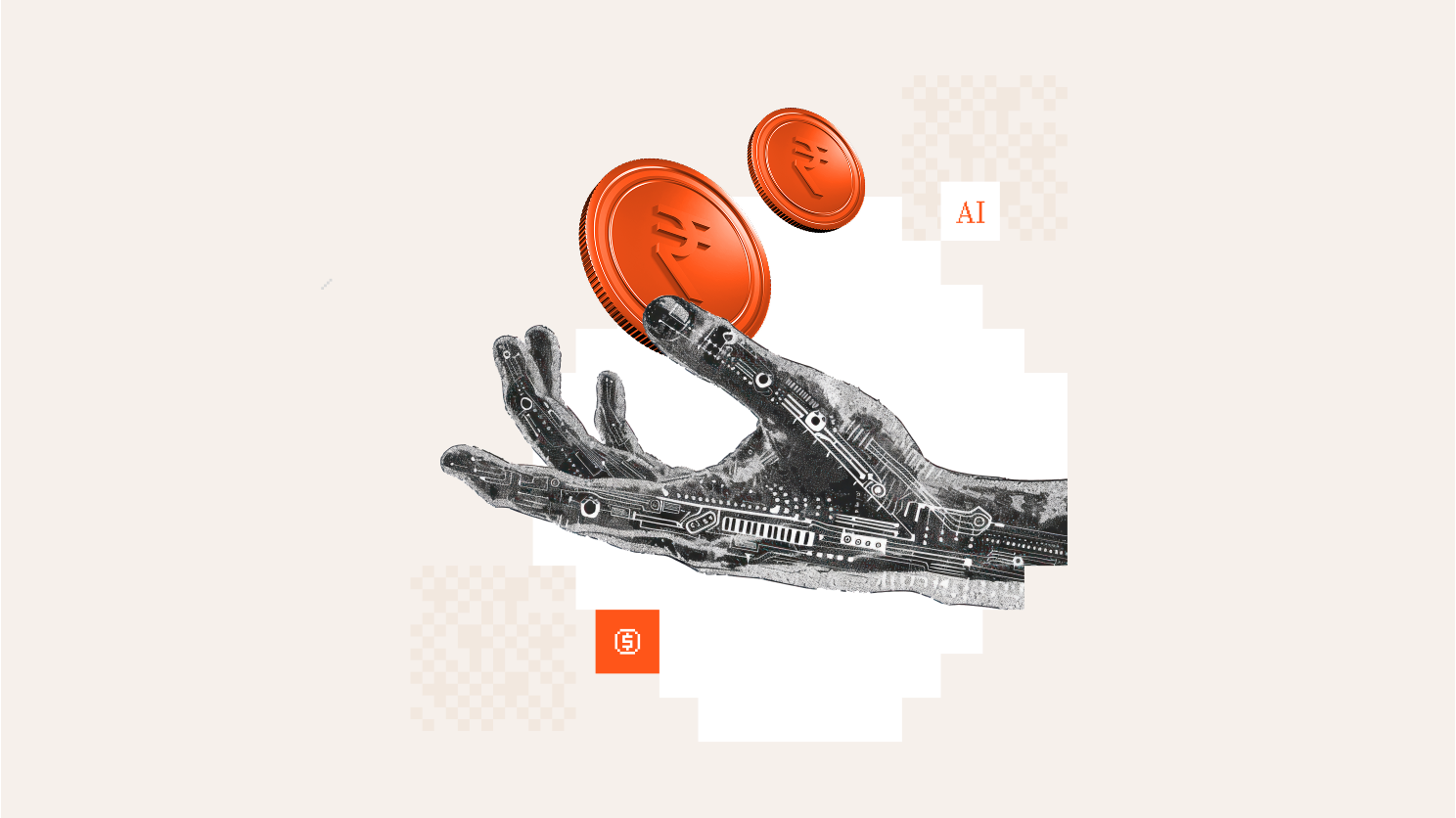Key Takeaways
• AI content is mainstream: AI influencers like Lil Miquela (2.5M+ followers) partner with Prada and Calvin Klein, while brands deploy AI ads at high-impact venues like IPL.
• Passive viewing is dead: Interactive AI platforms like AI Dungeon and Fable's Showrunner transform audiences into co-creators, enabling real-time, open-ended storytelling with infinite narrative arcs.
• Users are building worlds, not just chatting: Platforms like Catbox AI and Character.AI evolve into full-stack creative studios with multimodal features, social feeds, and creator monetization loops.
• The prosumer-consumer divide is collapsing: Tools like Runway generated 500,000 videos within weeks of beta launch, embedding Hollywood-grade creation into everyday social behaviors like posting and remixing.
• India is the consumer AI battleground: Remini reached 70M monthly users (36M in India) through vernacular UI and mobile-first features, signaling massive downstream adoption beyond prosumers.
AI content is no longer seen as unconventional or artificial—it’s becoming the norm. Earlier, users got habituated to endlessly scrolling through so-called "brain rot" content on social platforms—videos designed for passive, often mindless entertainment.
But today, AI-generated content is evolving beyond just casual consumption and entertainment. From AI influencers modeling for global brands to AI news anchors delivering primetime bulletins, the world is not just consuming AI-generated media; it’s also creating it. This behavioral shift signals a deep cultural comfort with synthetic content.
Platforms like Instagram and Xiaohongshu (in China) are already populated with AI-native personas. Lil Miquela (2.5M+ followers) in the U.S. has landed deals with brands like Prada and Calvin Klein, while in China, AYAYI (1M+ followers) has partnered with L'Oréal and Tesla.

AI news anchors, such as Qiu Hao—China’s first male AI news anchor—have launched to millions of views and have drawn international media coverage, including from outlets like BBC and Reuters.
This trend is not just limited to the U.S. or China. In India too, established, conventional brands are beginning to deploy AI-generated ads at high-impact viewership venues like the IPL. Britannia’s AI ad is a prominent example. Founders frequently highlight how AI ads are not just creative but incredibly cost-efficient.

AI Interactivity Is Evolving Across Time and Culture
Across the U.S. and China, consumers are increasingly engaging with media that isn’t just AI-assisted — it’s AI-generated. What began with scripted branching narratives in apps like Episodes evolved with Netflix’s Bandersnatch, and has now matured into real-time, AI-native platforms like AI Dungeon, Choices, and Fable Studio’s Showrunner AI, where users co-create stories with generative models. These platforms transform audiences from passive viewers to active participants.
.jpg)
To understand the shift, think of a branching narrative system like Episodes as a flowchart with a limited set of decision points—each choice leads down a pre-written path, often converging toward a handful of fixed endings. In contrast, AI Dungeon runs on large language models (LLMs) like GPT, allowing for theoretically infinite story arcs. Instead of selecting from scripted options, users input freeform prompts and receive real-time, open-ended responses that adapt with context. This unlocks emergent storytelling—where no two narrative paths are the same, and creativity becomes co-owned between user and model.
Platforms like Replika and Character.AI also blend companionship with narrative interactivity, showing demand beyond traditional media consumption. But, interactive consumer AI is evolving far beyond Character.AI-style roleplay, especially in media, where it’s transforming passive consumption into dynamic, participatory experiences. Fan fiction has long demonstrated audiences’ desire to engage creatively with their favorite worlds — over 10 million fanfics have been published on platforms like Wattpad and AO3, with fandoms like Harry Potter and K-pop driving billions of reads. Now, interactive AI is taking that impulse a step further: tools like Fable’s Showrunner let users co-create episodes in known IPs, Hidden Door and AI Dungeon turn storytelling into real-time collaboration, and memory-aware copilots like Suno and WatchNow AI personalize creation and curation. These AI agents aren’t just characters — they’re creative collaborators and media interfaces, ushering in a new era of deeply personal, AI-native entertainment.
This opens the door for opportunities like regional storytelling platforms to integrate AI for dynamic, user-led content. Given India’s rich storytelling culture and deep fandom ecosystems (TV serials, mythology, Bollywood), there's strong potential for AI-powered narrative participation to scale rapidly even in markets like tier-2 and tier-3.
User-Led AI Spaces: From Tools to Personal Studios
Building on the evolution of interactive AI from basic role-play into richer, participatory experiences, we might also see a deeper shift: users are no longer just responding to characters—they're world-building. AI platforms are evolving from tool-based utility to identity-driven expression—becoming creative canvases where users shape characters, construct arcs, and assert narrative ownership. As these platforms mature, they also hold potential to become end-to-end destinations—where media isn’t just consumed or interacted with, but created, iterated, and published in a single loop. Early signals of this are already visible, with user-led storytelling ecosystems beginning to take root.
Apps like Character.AI are expanding beyond static chatbot interfaces and embracing multimodal generative capabilities—introducing AI-generated video clips and TikTok-like social feeds. These additions are designed to make character interactions more immersive and viral, with users able to watch, share, and remix scenes from their conversations. This signals a strategic shift from being a text-based sandbox to becoming a dynamic, creator-friendly social platform for storytelling and media experimentation.
Catbox AI by ByteDance is a Gen-Z–oriented AI role-play and storytelling app that blends character simulation with creative expression. Users interact via text or real-time voice in story-driven chats, choosing from a gallery of user-generated characters or designing their own. Each character comes with backstory, memory, and branching narratives, offering users both companionship and narrative co-creation.

Catbox supports two interaction modes: free-form conversational chat and mini-stories that resemble interactive fiction, where optional plot branches emerge as users progress. Users can upload avatars, select voices, and publish their creations on the public "Role Square" for others to fork, remix, or simply follow. Monetization is built around subscriptions, premium avatars, and 'cat-food' coins for tipping creators—mirroring gaming-style in-app economies.
Importantly, Catbox ties deeply into social media loops: 15-second clip shares on TikTok or Douyin can direct new users into specific character roles, while a creator leaderboard drives viral discovery. This studio-playground hybrid isn’t just a sandbox—it’s a full-stack content loop aimed at deepening retention, driving engagement, and monetizing user-led narratives.
These platforms mirror the trajectory of YouTube’s early days—places where fringe creativity becomes mainstream influence. As AI-native creators rise, so will new formats of storytelling.
From Professionals to Prosumers to Consumers
This evolution in user-led, participatory platforms sets the stage for an even more significant transformation: the media value chain itself is flattening. What was once a specialized skill set owned by professionals is now embedded in consumer-facing products.
Tools like Runway, Pika Labs, and Luma AI are democratizing high-quality video creation. From music videos to explainer reels, indie creators now have Hollywood-grade tools in their browsers. Runway’s Gen-2 has powered projects like short films, music visuals, and even experimental ad campaigns. Pika Labs saw over 500,000 videos created within weeks of beta launch, with creators praising its fast rendering and stylized presets. These tools are being integrated not just into creative workflows but into social content strategies—pushing the boundaries of what solo creators and small teams can produce at scale. This shift illustrates how prosumers—who once needed some level of technical fluency—are increasingly indistinguishable from everyday consumers. As tools become more intuitive and automated, content creation is no longer the domain of niche skillsets; it's becoming embedded in daily social behaviors like posting, remixing, and reacting. The distinction between the creator and the consumer is collapsing into a single, seamless media loop.
In China, Miaoya Camera enables users to create highly stylized portraits and avatars by uploading just 20 selfies. The resulting images are remarkably detailed and personalized, closely resembling high-quality studio portraits. Many users have shared positive reviews, emphasizing how much more affordable and convenient Miaoya Camera is compared to traditional offline photography sessions.

On the consumer side, apps like Canva are integrating generative AI to simplify voiceovers, video editing, and scriptwriting. Canva is also doubling down on India with local fonts, vernacular templates, and a mobile-optimized interface. It’s also launched WhatsApp Status–friendly templates for festivals and regional content, tapping into everyday mobile-first creation. The strategy is clear: go beyond design-savvy prosumers and unlock India's massive base of casual creators, students, and small business owners.
Remini, an AI-powered photo enhancement app, now boasts 70M monthly active users—36M of whom are in India. What started as a tool for sharpening blurry selfies has exploded into a cultural phenomenon, especially with India’s Gen Z. In 2024, Remini launched an India-specific avatar generation feature tailored for WhatsApp profile pictures, wedding invites, and festival-themed content. Its rapid growth in India is driven by vernacular UI support, mobile-first onboarding, and TikTok-style trends—like the viral 'AI Yearbook' format—circulating widely on Instagram and regional short video platforms. Remini’s India strategy signals how creation is moving downstream: not just prosumers, but mainstream consumers are now engaging in aesthetic personalization at scale.

India’s dominance here is no accident: mobile-first behavior, creator ambition, and vernacular content needs have made it a fertile ground for prosumer and consumer AI.



.png)

